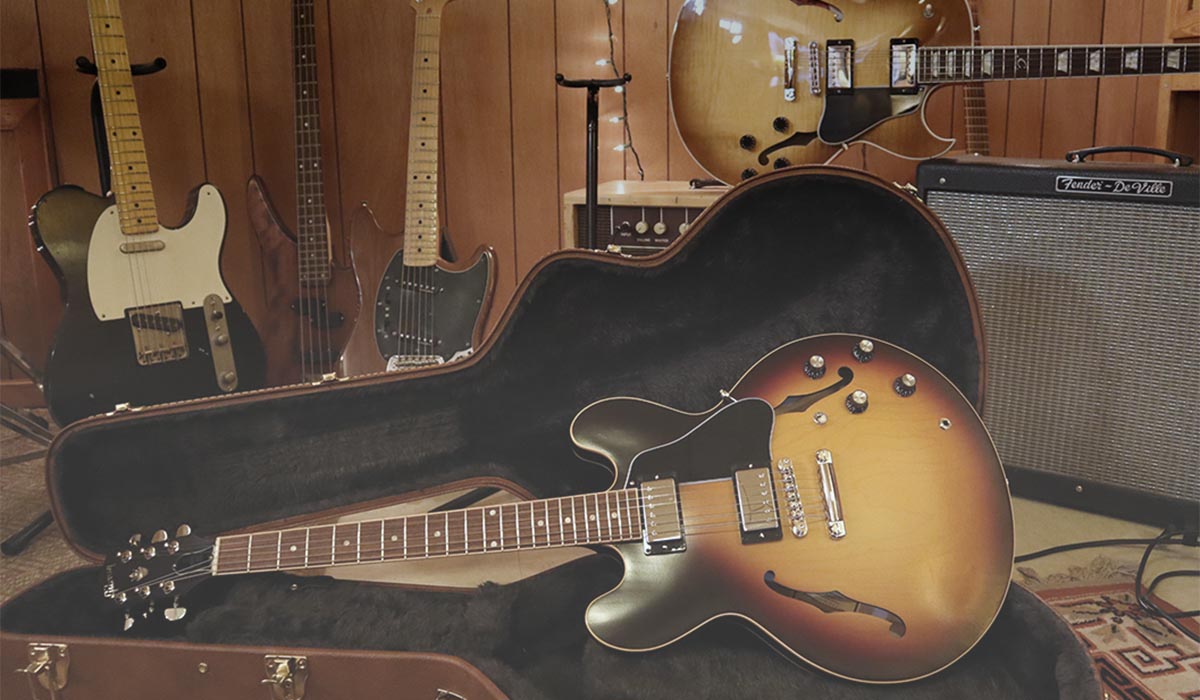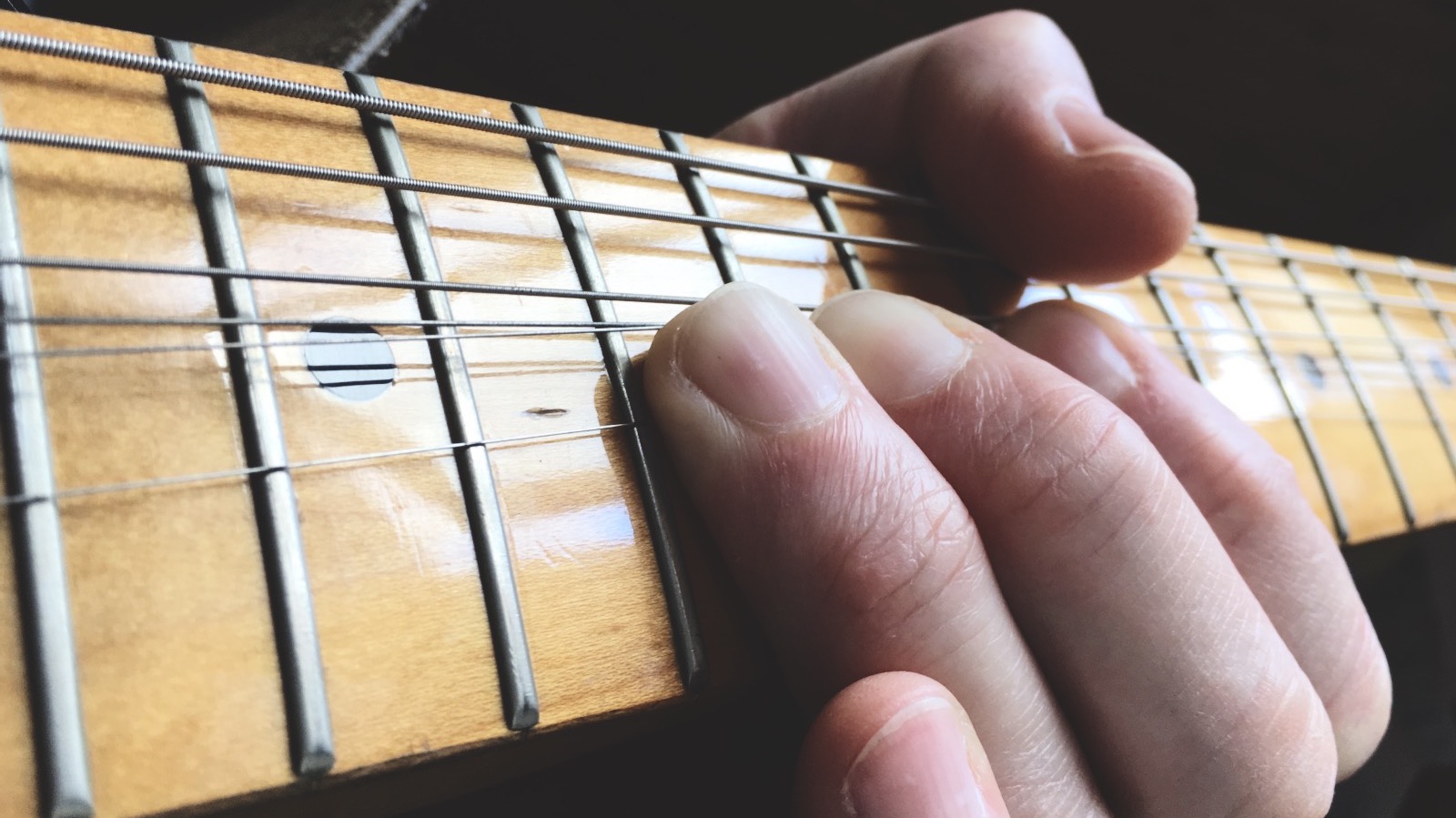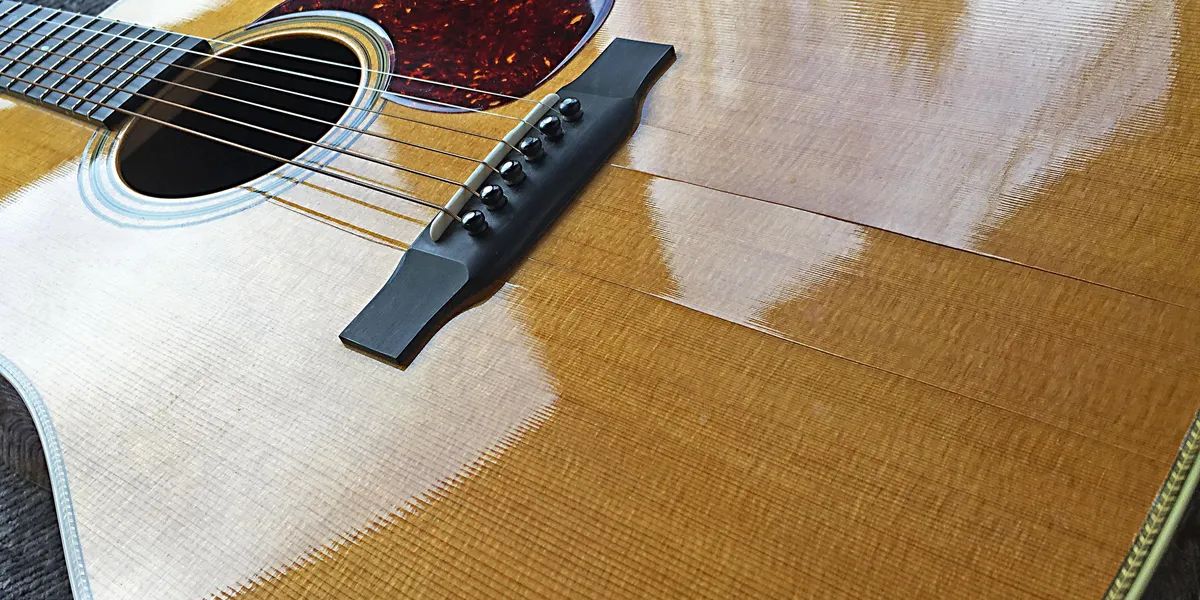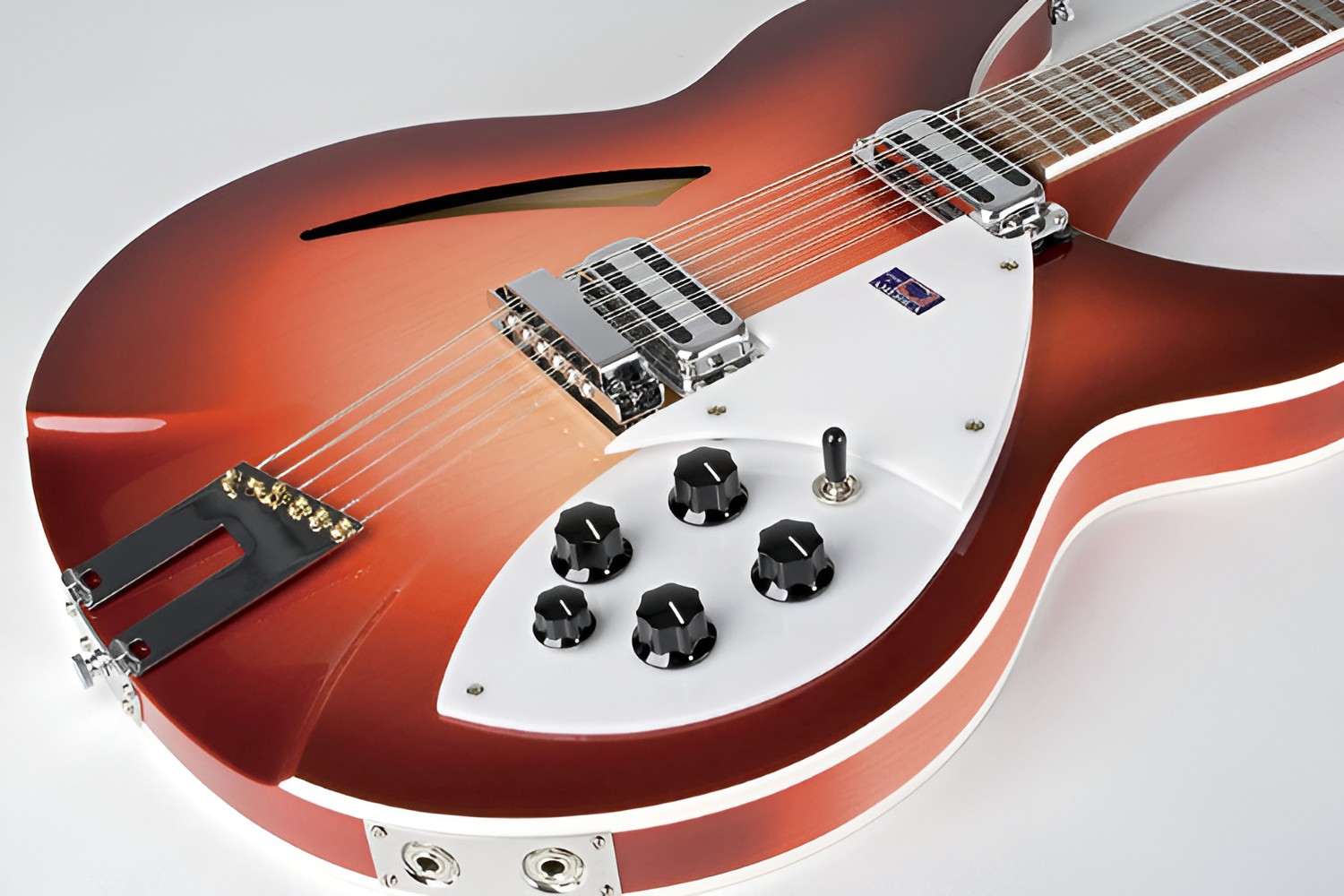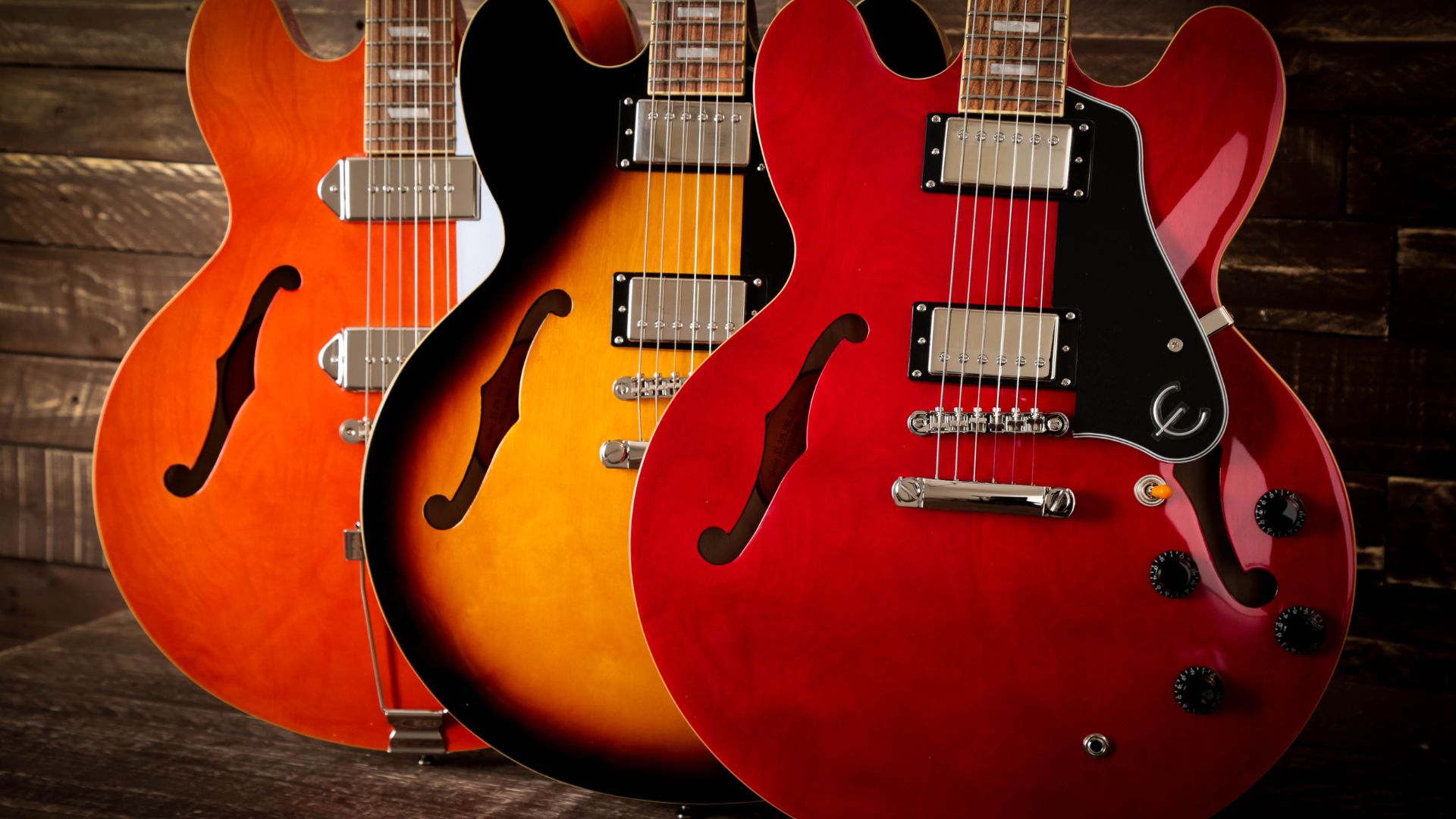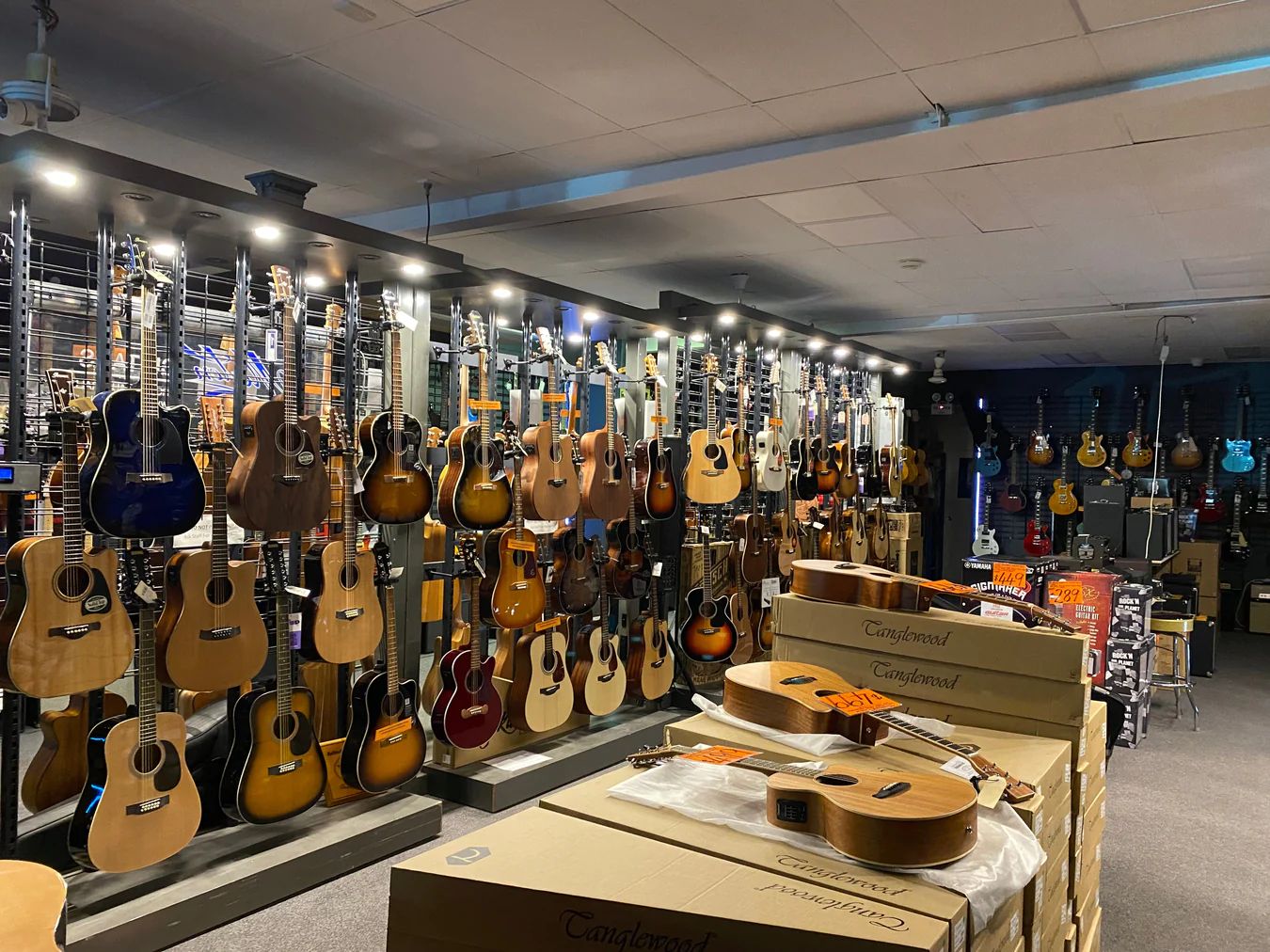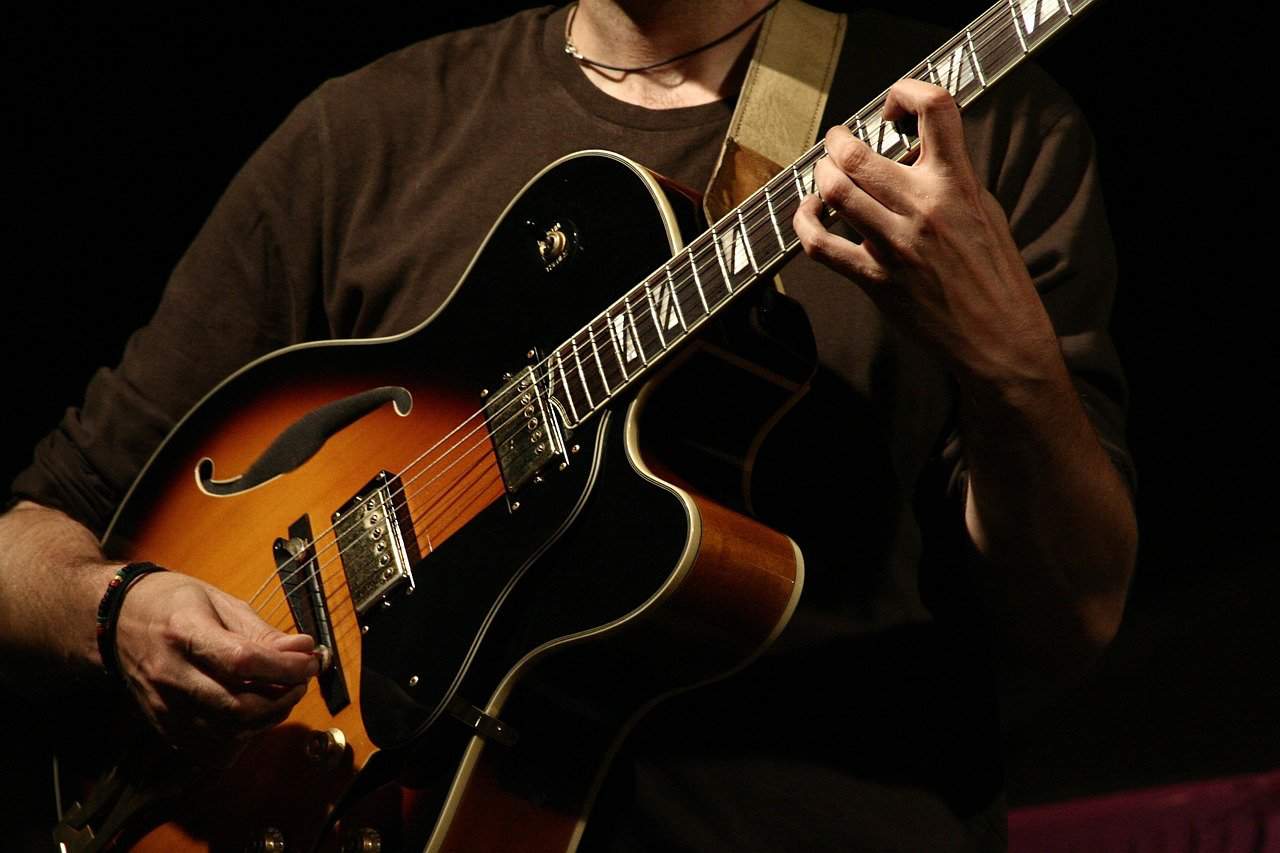Introduction
Ensuring the optimal care and maintenance of your electric guitar is vital in preserving its playability, resonance, and overall condition. One crucial aspect of guitar care is maintaining the appropriate level of humidity, as this directly impacts the instrument's structural integrity and tonal quality. In this article, we will explore the significance of humidifying your electric guitar and the best methods to achieve and maintain the ideal humidity levels.
Humidity plays a pivotal role in the well-being of wooden instruments, including electric guitars. Insufficient moisture can lead to a myriad of issues, such as warping, cracking, and shrinking of the wood, all of which can compromise the instrument's sound and playability. Conversely, excessive humidity can cause swelling and other forms of damage. Therefore, striking the right balance is of utmost importance.
In the subsequent sections, we will delve into the various ways to effectively humidify your electric guitar, considering different environments and specific needs. Whether you reside in a dry climate or frequently travel with your instrument, implementing the appropriate humidification practices can significantly prolong the life of your electric guitar and maintain its optimal performance.
By understanding the significance of humidification and the diverse methods available, you can make informed decisions about the best approach to safeguard your electric guitar against the detrimental effects of fluctuating humidity levels. Let's explore the different ways to effectively humidify your electric guitar and establish the best practices for maintaining its condition and performance.
Importance of Humidifying Your Electric Guitar
Humidifying your electric guitar is a critical aspect of instrument care, especially considering the impact of humidity on wooden components. Wood is inherently porous and responsive to changes in moisture levels, making it susceptible to various forms of damage when exposed to inadequate or excessive humidity. Understanding the importance of humidification is essential for preserving the structural integrity and playability of your electric guitar.
One of the primary reasons for humidifying your electric guitar is to prevent the adverse effects of low humidity. In dry environments, such as heated indoor spaces during winter, the lack of moisture can lead to the wood drying out and shrinking. This can result in a multitude of issues, including fret sprout, cracks in the body and neck, and alterations in the action and intonation of the instrument. These problems not only affect the playability of the guitar but also compromise its overall structural stability.
Conversely, excessive humidity can also wreak havoc on your electric guitar. When exposed to high moisture levels, wood tends to swell, leading to warping, bulging, and potential damage to the finish. Additionally, high humidity provides a conducive environment for mold and mildew growth, posing further risks to the instrument’s longevity and performance.
Moreover, maintaining the appropriate humidity levels is crucial for preserving the tonal quality of your electric guitar. Fluctuations in humidity can cause the wood to expand and contract, impacting the resonance and sustain of the instrument. By ensuring consistent humidity levels, you can sustain the tonal characteristics of your guitar and prevent undesirable changes in its sound.
Recognizing the significance of humidifying your electric guitar empowers you to take proactive measures in preserving its condition and performance. By addressing the impact of humidity on the instrument’s wood components, you can mitigate the risks associated with inadequate or excessive moisture levels, ultimately prolonging the life and playability of your electric guitar.
Different Ways to Humidify Your Electric Guitar
When it comes to humidifying your electric guitar, several methods are available to help maintain the optimal moisture levels and safeguard the instrument from the detrimental effects of fluctuating humidity. Each approach offers unique benefits and is suited to different environments and specific requirements. Understanding the various ways to humidify your electric guitar empowers you to select the most suitable method based on your circumstances.
One prevalent method of humidification involves utilizing guitar-specific humidifiers. These devices are designed to release and regulate moisture within the guitar case, ensuring that the instrument is consistently exposed to the appropriate humidity levels. Guitar humidifiers come in different forms, including soundhole humidifiers, case humidifiers, and in-case humidification systems, offering flexibility in addressing diverse humidity needs.
Another effective way to humidify your electric guitar is through room humidifiers. By maintaining the overall humidity levels in the room where the guitar is stored or frequently played, you can create a conducive environment for the instrument. Room humidifiers are particularly beneficial for individuals with multiple guitars or those seeking a comprehensive solution to address the humidity needs of their entire guitar collection.
For musicians who frequently travel with their electric guitars, portable humidification solutions, such as humidification packets or mini humidifiers, offer a convenient way to ensure that the instrument is protected from the adverse effects of varying humidity levels. These compact and travel-friendly options provide a practical means of maintaining consistent moisture levels, making them ideal for musicians on the go.
Additionally, incorporating humidity control systems within guitar cabinets or display cases is an effective way to humidify electric guitars, especially for collectors or individuals with limited storage space. These systems are designed to regulate humidity levels within the enclosed space, providing a controlled environment to safeguard the instruments from the risks associated with inadequate or excessive moisture.
By familiarizing yourself with the different ways to humidify your electric guitar, you can make informed decisions about the most suitable method for preserving the optimal humidity levels of your instrument. Whether you opt for guitar-specific humidifiers, room humidification, portable solutions, or cabinet-based systems, each approach offers a valuable means of protecting your electric guitar from the detrimental effects of fluctuating humidity.
Best Practices for Humidifying Your Electric Guitar
Implementing best practices for humidifying your electric guitar is essential in maintaining the instrument’s optimal condition and performance. By adhering to effective humidification methods and incorporating proactive measures, you can safeguard your electric guitar from the potential risks associated with inadequate or excessive humidity levels. Here are some best practices to consider when humidifying your electric guitar:
- Monitor Humidity Levels: Utilize a reliable hygrometer to regularly monitor the humidity levels in the environment where your electric guitar is stored. This allows you to stay informed about any fluctuations and take necessary measures to maintain the ideal humidity range for the instrument.
- Use Guitar-Specific Humidifiers: Invest in high-quality guitar humidifiers designed to release and regulate moisture within the guitar case. Select a humidification solution that aligns with the specific needs of your electric guitar and ensures consistent humidity levels to prevent wood-related issues.
- Consider Room Humidification: If you have multiple guitars or store your electric guitar in a room with other wooden instruments, employing a room humidifier can help maintain a conducive environment for all the instruments, promoting consistent humidity levels throughout the space.
- Implement Portable Solutions for Travel: When traveling with your electric guitar, utilize portable humidification packets or mini humidifiers to mitigate the effects of varying humidity levels. These compact solutions provide on-the-go protection for your instrument.
- Regular Maintenance and Inspection: Routinely inspect your electric guitar for any signs of wood-related issues, such as cracks, warping, or changes in the instrument’s playability. Addressing potential concerns promptly can prevent further damage caused by inadequate humidity.
- Establish a Controlled Environment: If you have a guitar cabinet or display case, consider integrating humidity control systems to regulate the moisture levels within the enclosed space. This creates a controlled environment for your electric guitar, particularly if you have a collection of instruments.
By incorporating these best practices into your guitar care routine, you can effectively humidify your electric guitar and mitigate the risks associated with fluctuating humidity levels. Consistent monitoring, proactive maintenance, and the utilization of suitable humidification methods contribute to preserving the structural integrity, playability, and tonal quality of your electric guitar, ensuring that it remains in optimal condition for years to come.
Conclusion
Humidifying your electric guitar is an indispensable aspect of instrument care, vital for preserving its structural integrity, playability, and tonal quality. By recognizing the impact of humidity on wooden components and understanding the diverse methods available, you can proactively safeguard your electric guitar from the detrimental effects of fluctuating moisture levels.
From utilizing guitar-specific humidifiers to employing room humidification and portable solutions, there are various effective ways to maintain the optimal humidity levels of your electric guitar. Implementing best practices, such as regular monitoring, proactive maintenance, and the use of suitable humidification methods, empowers you to create a conducive environment for your instrument, mitigating the risks associated with inadequate or excessive humidity.
By prioritizing the humidification of your electric guitar, you contribute to its longevity and sustained performance, ensuring that it remains in optimal condition for years to come. Whether you’re a seasoned musician or an aspiring guitarist, integrating proper humidification practices into your instrument care routine is essential for preserving the playability and tonal characteristics of your electric guitar.
As you embark on your journey of caring for your electric guitar, remember that maintaining consistent humidity levels is a proactive investment in the longevity and performance of your instrument. By embracing the significance of humidification and adopting the best practices outlined in this article, you can nurture a thriving environment for your electric guitar, allowing it to resonate with exceptional sound and enduring quality.







